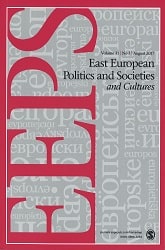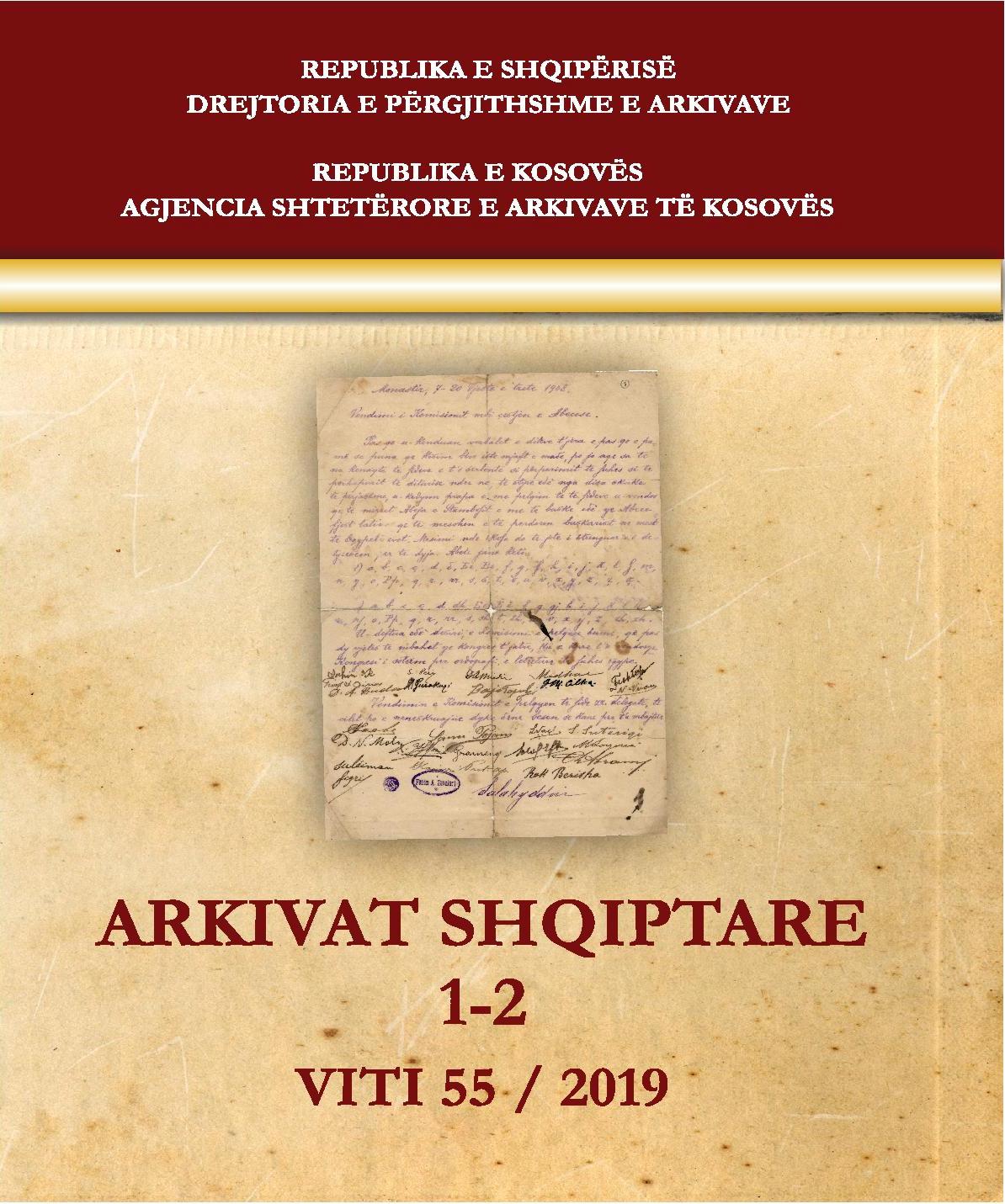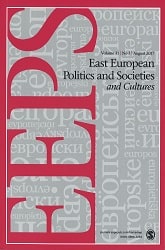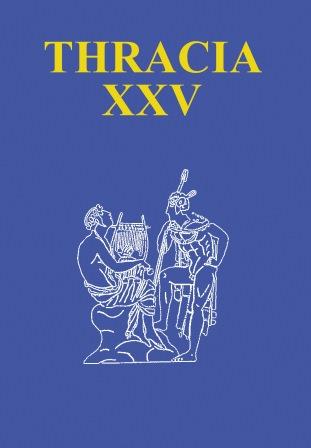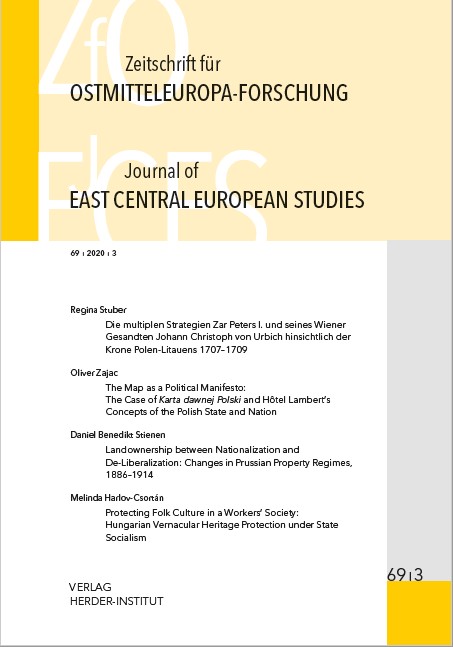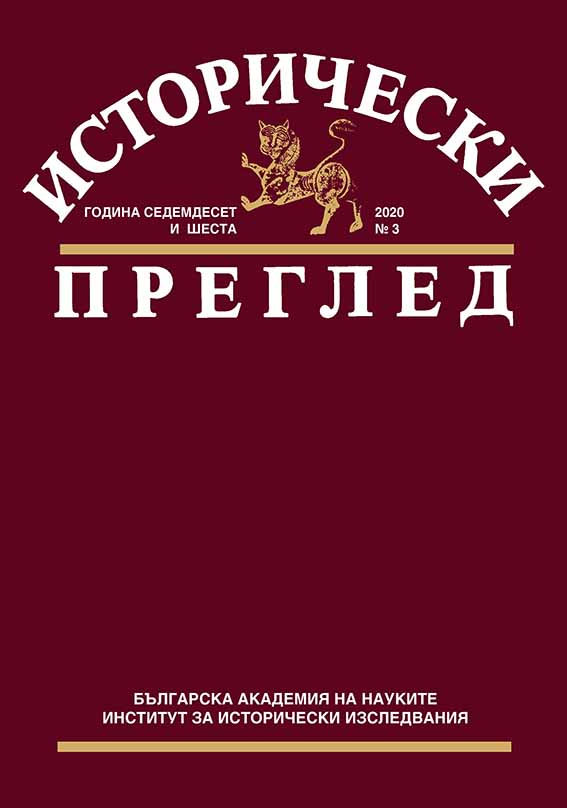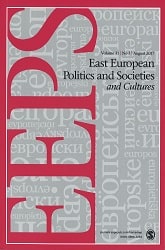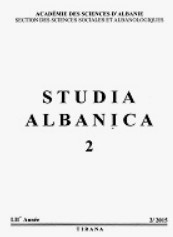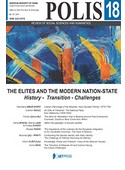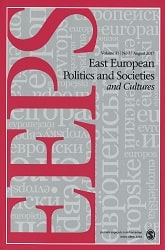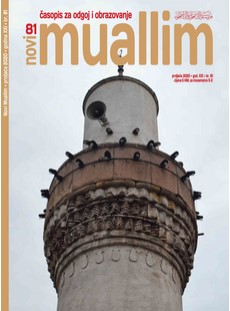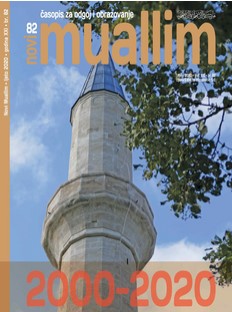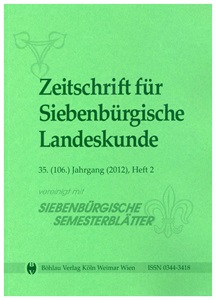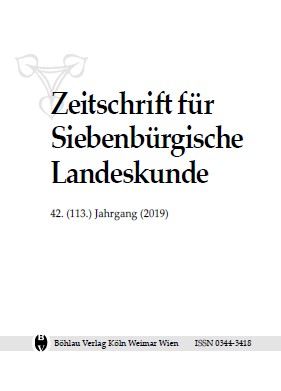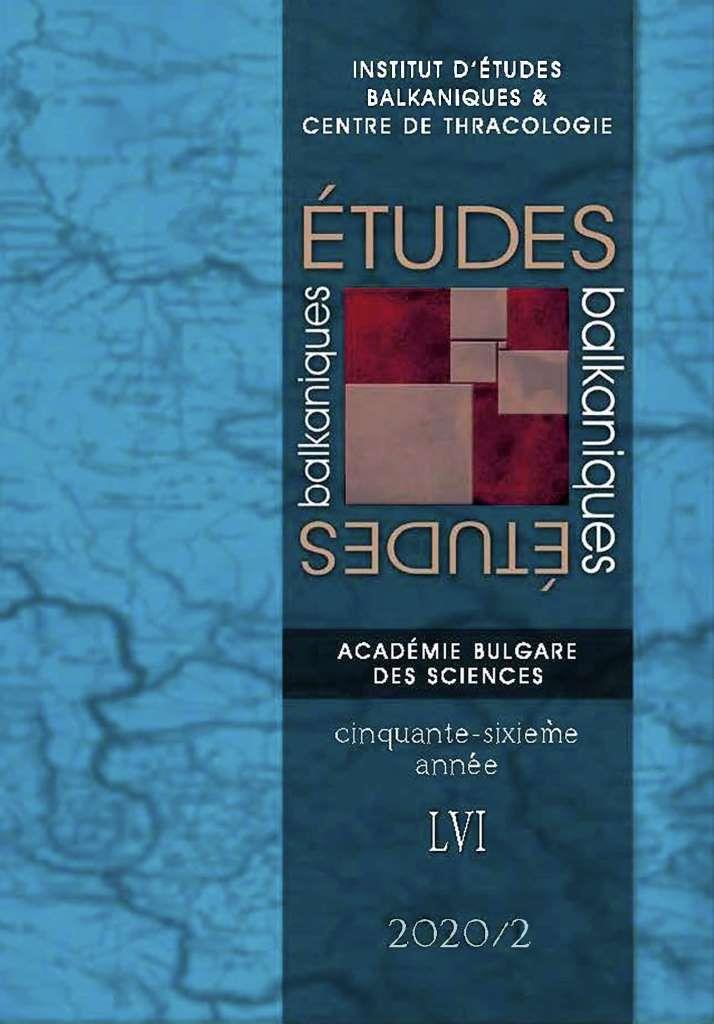
OPERA AND MODERNIZATION: THE CASE OF BULGARIA
Opera music may be much more central to our understanding of urban modernity than is habitually thought. Since its beginnings in Bulgaria around 1890, opera has had a strong relationship with urban space and the public sphere. Most opera houses were built in urban centers and came to be seen both as secular temples and sites of entertainment, in which the appreciation of high art coexisted with conviviality. This paper aims at demonstrating that development of opera art is inextricably linked to the process of modernization of Bulgarian cities. By addressing the impact of this classical art on urbanity, the paper will also attempt to show how opera houses have been among important in towns‘ transformations and alteration from the late 19th to the second half of the 20th c. By studying the inception and development of opera theaters in particular Bulgarian cities and through its focus on the liaison between music and localities, this paper should add to the vast body of scholarship in social and cultural history to do with the city, and the meaning of urbanity in Bulgaria.
More...
